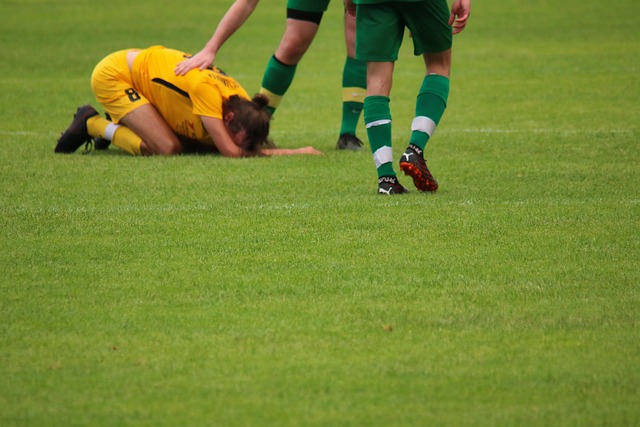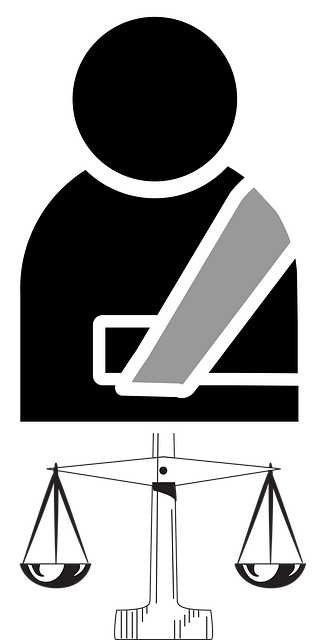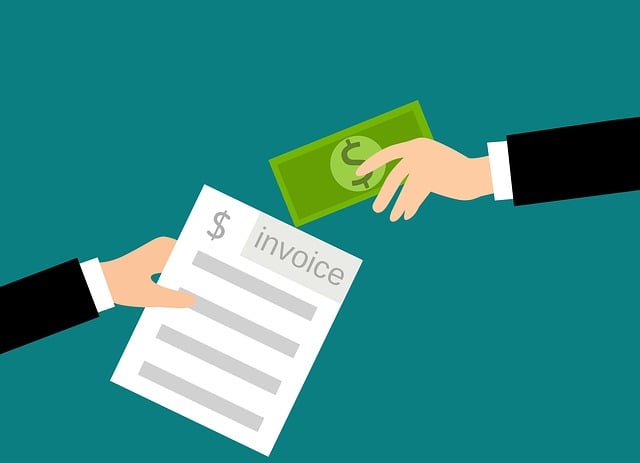Pedestrian accidents cause a range of injuries from fractures to head trauma and slip-and-fall damages, with common types including broken limbs, concussions, and sprains. These can lead to both immediate and long-term effects such as chronic pain, PTSD, and permanent disabilities. Prevention involves a combination of individual alertness and community measures like dedicated walkways, lighting, and traffic calming. Safe walking practices and driver awareness campaigns further reduce incidents, including medical malpractice or slip-and-fall accidents, resulting from pedestrian injuries.
“Pedestrians, despite being the most vulnerable road users, often face overlooked consequences in accidents. This article delves into the common injuries sustained during pedestrian mishaps, shedding light on their immediate and long-term impacts. From fractures and head trauma to soft tissue damage and psychological scars, understanding these injuries is paramount for both victims and prevention advocates. We explore strategies to navigate recovery and emphasize the importance of safety measures in minimizing these often devastating pedestrian accident injuries.”
- Common Types of Pedestrian Accident Injuries
- Short-term and Long-term Effects of Pedestrian Accidents
- Preventing Pedestrian Accidents and Minimizing Injuries
Common Types of Pedestrian Accident Injuries

Pedestrian accidents can result in a range of injuries, some more severe than others. Common types include fractures, often to the legs or arms due to impact with vehicles. Head injuries are also prevalent, ranging from minor concussions to life-threatening traumatic brain injuries (TBI). These can occur when a pedestrian is struck by a vehicle or falls and strikes their head on the ground or objects nearby.
Another significant concern in pedestrian accidents are slip and fall injuries, which can lead to severe sprains, strains, and even broken bones. These often happen due to hazardous conditions like uneven pavement, potholes, or wet surfaces. Personal injury claims for accident compensation may arise from such incidents, especially if negligence is involved.
Short-term and Long-term Effects of Pedestrian Accidents

Pedestrian accidents can have a profound impact on individuals, with consequences extending far beyond the immediate physical trauma. Short-term effects are often apparent and include injuries such as bruises, fractures, concussions, and even life-threatening conditions. These initial injuries require prompt medical attention and adequate treatment to prevent further complications.
However, it is the long-term effects that can be more insidious and far-reaching. Whiplash, a common issue in pedestrian accidents, can lead to chronic neck pain and headaches. Other lasting impacts might include post-traumatic stress disorder (PTSD) due to the trauma of the incident, affecting mental health and overall well-being. Additionally, severe pedestrian accident injuries may result in permanent disabilities, requiring ongoing medical care, physical therapy, and even legal representation to navigate property damage claims or employment disputes arising from the incident.
Preventing Pedestrian Accidents and Minimizing Injuries

Preventing pedestrian accidents is a multifaceted approach that involves both awareness and infrastructure improvements. Pedestrians can reduce their risk of injury by remaining vigilant while crossing streets, always using designated crosswalks or signals, and being visible to drivers by wearing bright clothing, especially during low-light conditions. Additionally, understanding and adhering to traffic laws, such as jaywalking restrictions, is crucial for safety.
Beyond individual responsibility, communities play a vital role in minimizing pedestrian accident injuries. Urban planning that incorporates dedicated walkways, well-lit streets, and traffic calming measures like speed bumps can significantly reduce the likelihood of accidents. Moreover, public education campaigns that promote safe walking practices and driver awareness can contribute to a culture of safety, ultimately leading to fewer incidents of pedestrian injuries, including those related to medical malpractice or slip and fall accidents.
Pedestrian accidents can result in a range of injuries, from minor to severe. Understanding the common types, short-term and long-term effects, and preventative measures is crucial for both pedestrians and drivers alike. By being aware of these factors, we can navigate our roads safer, minimizing the impact of potential accidents and ensuring better outcomes for all. Always remember, preventing pedestrian accidents starts with shared responsibility to foster a safer environment on our streets.





